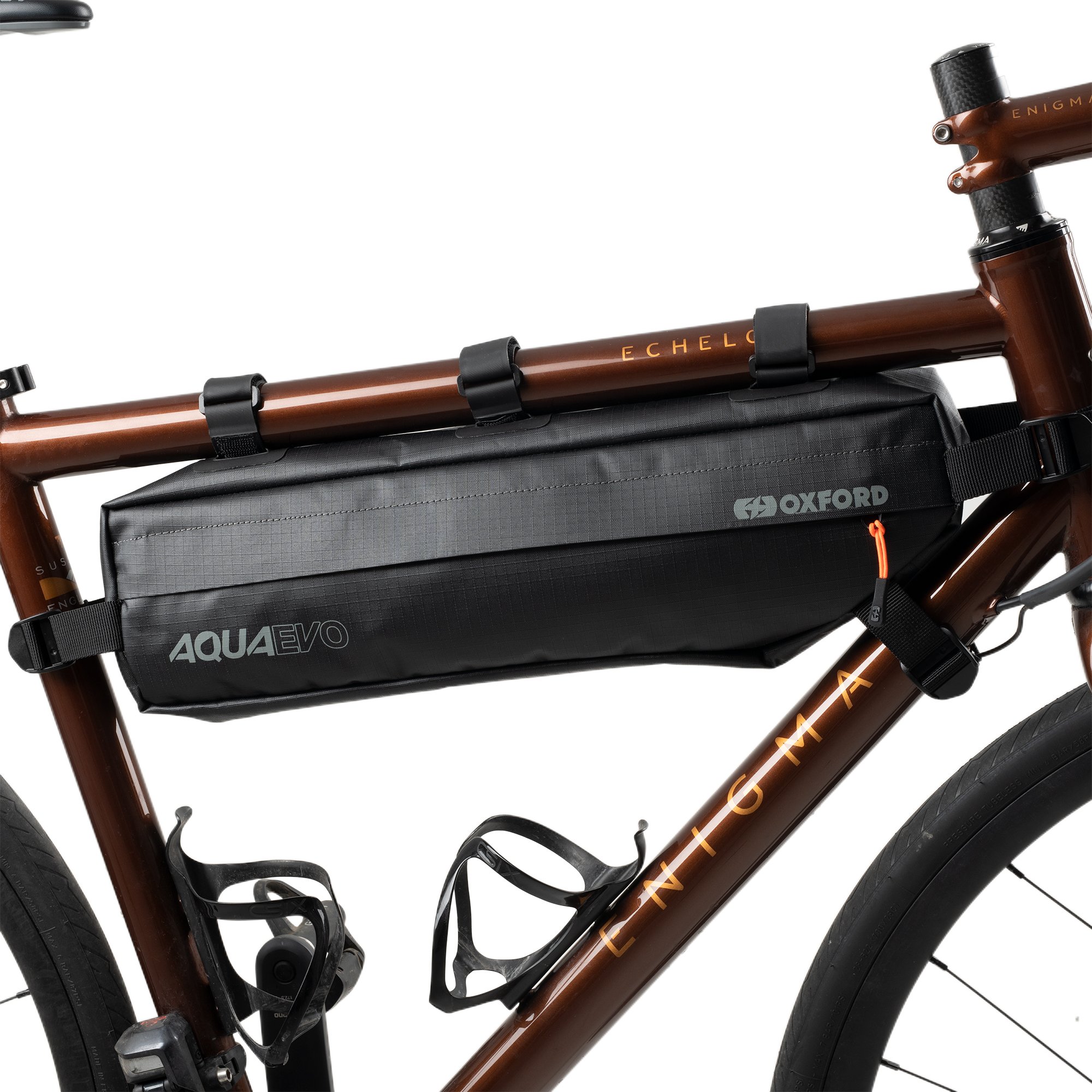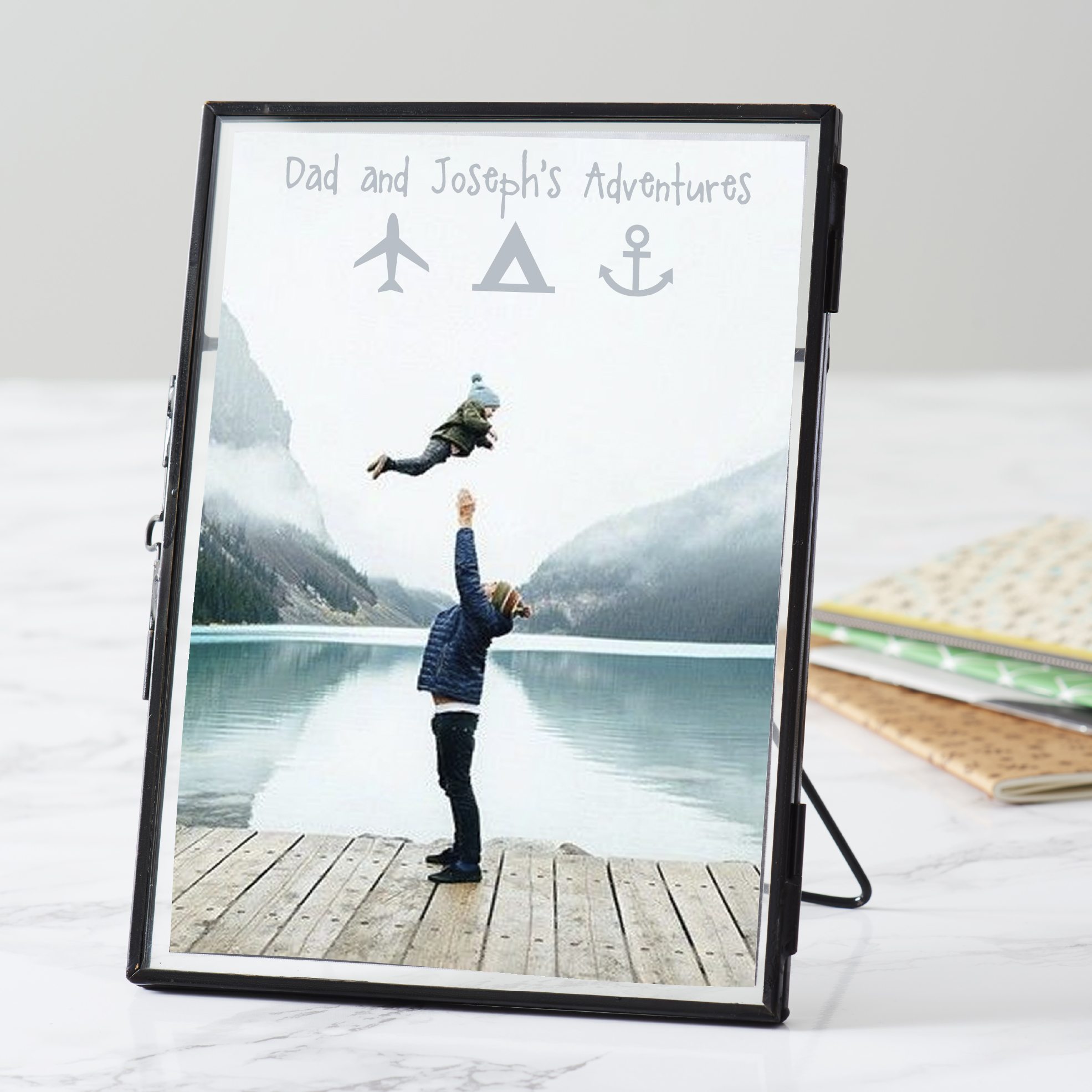Adventure frames, the backbone of any off-road cycling experience, offer a unique blend of versatility, durability, and performance. Whether you’re navigating rugged trails or exploring urban landscapes, the right adventure frame can elevate your riding experience to new heights. In this comprehensive guide, we delve into the world of adventure frames, exploring different types, materials, geometries, features, and customization options.
We also provide essential tips on frame sizing, maintenance, and FAQs to ensure you make an informed decision and keep your adventure frame in pristine condition.
Frame Types

Adventure frames come in a variety of types, each with its own advantages and disadvantages. The most common types of adventure frames include:
Hardtail Frames
Hardtail frames are the most basic type of adventure frame. They feature a rigid rear triangle, which means that the rear wheel is not suspended. This makes hardtail frames lighter and more efficient than full-suspension frames, but it also means that they are less comfortable on rough terrain.
Full-Suspension Frames
Full-suspension frames have a suspension system that absorbs shocks from the terrain. This makes them more comfortable to ride on rough terrain, but it also makes them heavier and less efficient than hardtail frames.
Hybrid Frames
Hybrid frames combine features of both hardtail and full-suspension frames. They typically have a suspension system that is less sophisticated than that of a full-suspension frame, but more sophisticated than that of a hardtail frame. This makes them a good compromise between comfort and efficiency.
Frame Materials
The choice of material for an adventure frame significantly impacts its durability, weight, and overall performance. Here are the commonly used materials and their respective advantages and disadvantages:
Steel
- Advantages:Durable, affordable, easy to repair, and strong enough for rugged terrain.
- Disadvantages:Heavy, prone to rust, and can be uncomfortable on long rides.
- Examples:Surly Long Haul Trucker, Salsa Fargo, Kona Sutra.
Aluminum
- Advantages:Lightweight, rust-resistant, and offers a good balance of strength and flexibility.
- Disadvantages:Can be more expensive than steel, less durable in extreme conditions, and more difficult to repair.
- Examples:Trek Domane AL, Giant Defy Advanced, Cannondale Synapse.
Titanium
- Advantages:Exceptionally strong, lightweight, and corrosion-resistant.
- Disadvantages:Very expensive, difficult to repair, and can be less stiff than other materials.
- Examples:Lynskey Backroad, Moots Mountaineer, Firefly Flycatcher.
Carbon Fiber
- Advantages:Extremely lightweight, stiff, and can be shaped for optimal performance.
- Disadvantages:Fragile, expensive, and difficult to repair.
- Examples:Specialized Roubaix, Trek Madone, Canyon Ultimate.
Frame Geometry
Frame geometry plays a pivotal role in determining the handling, comfort, and overall ride quality of an adventure frame. Different geometries are designed to cater to specific riding styles, terrains, and rider preferences.
Key factors that influence frame geometry include the head tube angle, seat tube angle, and chainstay length. The head tube angle affects steering responsiveness and stability, with a steeper angle providing quicker steering and a slacker angle offering greater stability.
The seat tube angle influences the rider’s position and pedaling efficiency, with a steeper angle resulting in a more aggressive riding posture.
Examples of Adventure Frames with Different Geometries
- Aggressive Geometry:Specialized Stumpjumper EVO features a slack head tube angle and a steep seat tube angle, designed for aggressive trail riding and descending.
- Balanced Geometry:Trek Fuel EX offers a balanced geometry with a moderate head tube angle and seat tube angle, suitable for a wide range of riding conditions.
- Comfort Geometry:Giant Trance X Advanced Pro 29 features a slack head tube angle and a relaxed seat tube angle, prioritizing rider comfort on long rides and technical terrain.
Frame Features
Adventure frames often come equipped with a range of features that enhance the riding experience and cater to the specific demands of off-road cycling.
These features can include:
Rack and Fender Mounts
Many adventure frames feature integrated mounts for attaching racks and fenders. This allows riders to easily transport gear and protect themselves from the elements, making them ideal for long-distance touring and bikepacking.
Bottle Cage Mounts
Adventure frames typically have multiple bottle cage mounts, allowing riders to carry ample water or other beverages on extended rides.
Internal Cable Routing
Internal cable routing keeps cables hidden within the frame, protecting them from dirt and debris and giving the bike a clean and streamlined appearance.
Dropper Post Compatibility
Some adventure frames are compatible with dropper posts, which allow riders to quickly lower their saddle height for technical descents and then raise it back up for efficient climbing.
Tire Clearance
Adventure frames are designed to accommodate wider tires, providing increased grip and stability on rough terrain.
Example
The Salsa Fargo is an adventure frame that features rack and fender mounts, multiple bottle cage mounts, internal cable routing, dropper post compatibility, and ample tire clearance, making it an excellent choice for long-distance touring and bikepacking.
Frame Sizing
Determining the correct frame size is crucial for a comfortable and efficient riding experience. An improperly sized frame can lead to discomfort, reduced performance, and even injuries.
To measure for the correct frame size, follow these steps:
- Stand over height:Measure the distance from the ground to the top of your inner thigh. This measurement should be 2-4 inches less than the frame size.
- Inseam height:Measure the distance from the ground to the top of your inner thigh while standing with your feet flat on the ground and your legs shoulder-width apart. Multiply this measurement by 0.65 to determine the recommended frame size.
The following chart provides recommended frame sizes for different heights:
| Height (inches) | Frame Size (inches) |
|---|---|
5’0″
|
14-16 |
5’5″
|
16-18 |
5’10”
|
18-20 |
6’3″
|
20-22 |
| 6’8″ and above | 22 and above |
Getting the correct frame size is essential for several reasons:
- Comfort:A properly sized frame allows you to sit comfortably on the bike and reach the handlebars and pedals without straining.
- Efficiency:The correct frame size optimizes your pedaling efficiency and reduces the risk of fatigue.
- Injury prevention:An improperly sized frame can put stress on your knees, back, and neck, leading to injuries.
Frame Maintenance: Adventure Frame

Maintaining an adventure frame is crucial to ensure its longevity and optimal performance. Here are some tips to keep your frame in top condition:
Cleaning the Frame
Regular cleaning removes dirt, debris, and grime that can accumulate over time. Use a mild detergent and a soft cloth or sponge to gently wipe down the frame. Avoid using harsh chemicals or abrasive cleaners, as these can damage the paint or finish.
Lubricating the Frame
Lubricating the frame’s moving parts, such as the pivot points and suspension linkages, is essential for smooth operation and reduced wear. Apply a thin layer of a bike-specific lubricant to these areas to minimize friction and extend their lifespan.
Storing the Frame, Adventure frame
When not in use, store the frame in a dry, protected area to prevent rust and corrosion. Avoid exposing it to extreme temperatures or moisture, as these can weaken the materials.
Frame Customization
Adventure frames offer a wide range of customization options to tailor them to specific preferences and riding styles. Customizing an adventure frame allows riders to create a unique and personalized bike that meets their individual needs and aspirations.One way to customize an adventure frame is to change its color or finish.
Powder coating is a popular option, providing a durable and scratch-resistant finish in a variety of colors and textures. Vinyl wraps offer a more temporary and cost-effective way to change the frame’s appearance, with a wide range of designs and patterns available.
Frame Decals
Custom decals can add a personal touch to an adventure frame. These decals can be designed with logos, graphics, or even photographs, allowing riders to express their creativity and make their bike stand out.
Frame Components
The components on an adventure frame, such as the fork, wheels, and drivetrain, can also be customized to enhance performance or aesthetics. Upgrading to a higher-quality fork can improve suspension and handling, while a new set of wheels can reduce weight or improve rolling efficiency.
Frame Geometry
For riders who demand the perfect fit, custom frame geometry is an option. This involves modifying the frame’s dimensions, such as the head tube angle, seat tube angle, and chainstay length, to optimize the bike’s handling and comfort for the rider’s specific body measurements and riding style.
Examples of Customized Adventure Frames
Customized adventure frames come in various forms, reflecting the unique tastes and preferences of their owners. Some examples include:
- A powder-coated frame in a vibrant color with custom decals featuring the rider’s favorite mountain range.
- A frame with a vinyl wrap showcasing a landscape photograph, creating the illusion of riding through the scenery.
- A frame with a custom-designed fork and rear shock, providing exceptional suspension performance for demanding off-road adventures.
- A frame with a modified geometry, tailored to the rider’s long legs and aggressive riding style.
Final Conclusion

Choosing and maintaining the perfect adventure frame is crucial for an optimal cycling experience. By understanding the different aspects covered in this guide, you can confidently select a frame that aligns with your riding style and requirements. Remember, the journey is as important as the destination, and an adventure frame is your steadfast companion on every thrilling escapade.
Answers to Common Questions
What are the key factors to consider when choosing an adventure frame?
Material, geometry, features, and intended use are crucial factors to consider when selecting an adventure frame.
How do I determine the correct frame size for my height?
Refer to a frame size chart that provides recommended sizes based on your height, or consult a professional bike fitter for a precise measurement.
What are the benefits of customizing an adventure frame?
Customization allows you to tailor the frame’s aesthetics and functionality to your preferences, enhancing both the look and feel of your bike.